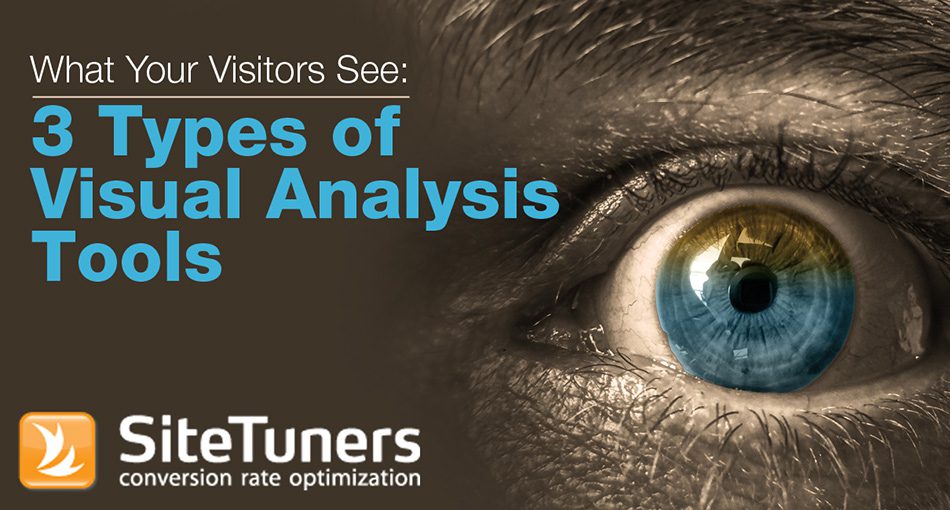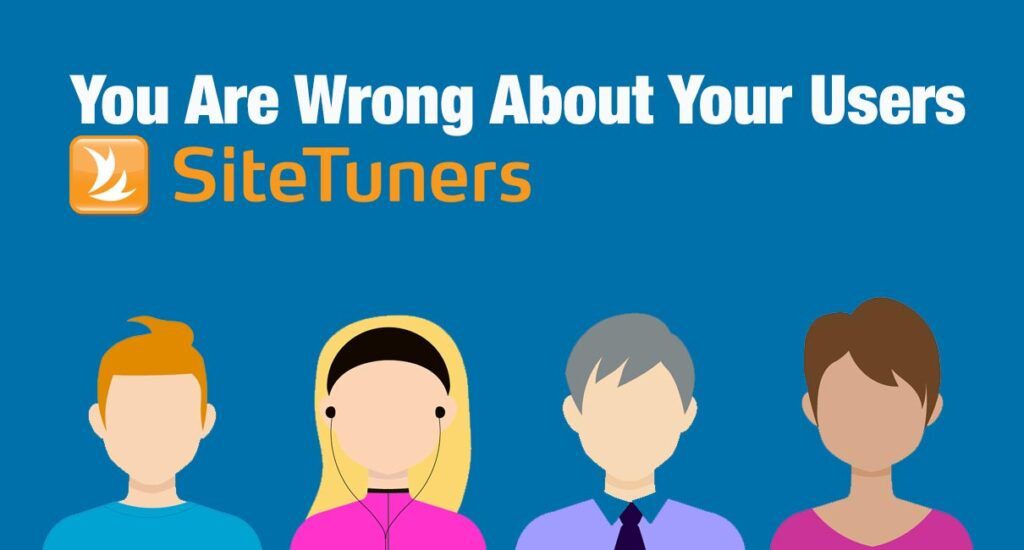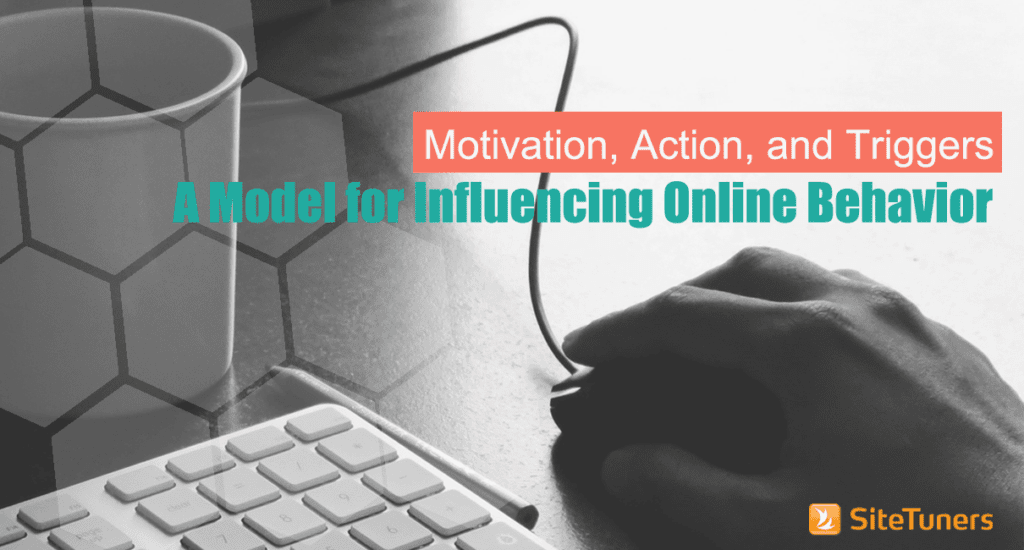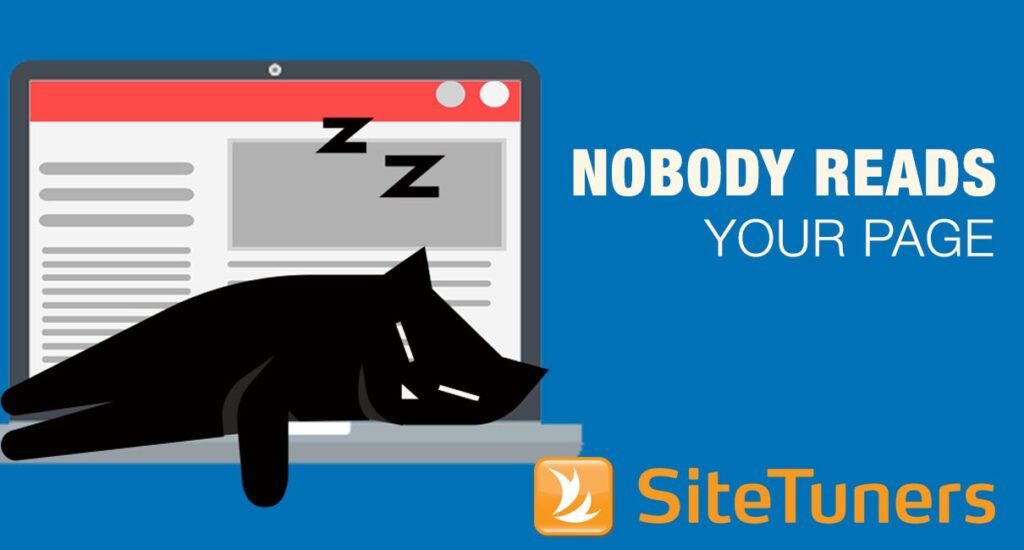 “Picture this … “
“Picture this … “
“Can you see that?”
“Do you have the vision?”
These are just a few phrases we use when we describe things to transmit information into somebody else’s mind.
Our word choice indicates that we are inherently visual creatures, and that’s because over half of our brain is devoted to processing visual information.
One important neuroscience insight marketers can benefit from understanding is that visual processing is powerful and quick.
Through visual analysis tools, marketers can gain in-depth knowledge of what page elements are attracting visitor’s attention, where they are looking, what they are clicking on, and what they are missing.
Here are three types of visual analysis tools that you can use:
1. Eye Tracking
This technology is the gold standard in visual analysis. It’s high speed, and it allows you to watch where users fixate with their eyes. By setting up someone with an eyepiece headset or by using a stereo camera that’s built into a computer monitor, you can record every minute thing somebody does.
https://youtube.com/watch?v=0lINRra1EVQ
Eye tracking on Amazon.com from iMotions Eye Tracking Software
The problem with visual tracking is that it is expensive, and you have to, in real-time, watch these videos and recordings to figure out what to do with all the rich information.
2. Mouse Tracking
Mouse tracking provides you with mouse movement heatmaps based on where people move their mice on the screen. A few people consistently use the mouse as a pointer, so you can tell where they’re looking or what they’re paying attention to.
Software like ClickTale and Mouseflow are built in to your in-page web analytics, so you can record the visitor’s interaction with your page and find out how much time they spend hovering over a button before clicking it and where they’re moving their cursor.
ClickTale’s heat maps are aggregated reports that display what parts of a webpage are looked at, clicked on, focused on and interacted with by thousands of online visitors.
The downside of mouse tracking is that it has to be done on a live page or site, and you have to run enough number of people through it to get average numbers to identify where visitors are looking.
3. Software Algorithm
These tools predict hotspots of attention based on what we know about visual perception and how the brain processes contrast, color, shapes, or motion.
The advantage of using this software is you get feedback instantly . It doesn\’t require real people nor a live page. You can upload an image of your new design and you get another image back. You can use it to fine tune visual attention and get rid of visual distraction.
Attention Wizard by SiteTuners creates a heatmap for static images. It simulates how a web page will be viewed during the first few seconds of eye movement, and where attention will be focused.
Understanding visuals is crucial in conversion rate optimization. From the information you gather from visual analysis tools, you can gain insight into what changes you need to make on your site to control where attention goes, and so you help customers find what they are looking for and move them to the next step in the conversion process.
Work with the best!Kickstart your optimization with a 90-minute Website Review from the pioneers in conversion rate optimization. Our CRO experts at SiteTuners can help diagnose your website from a conversion and usability perspective. |



